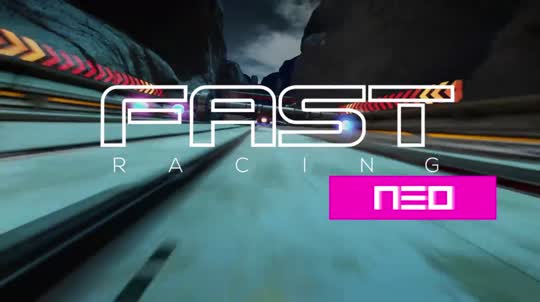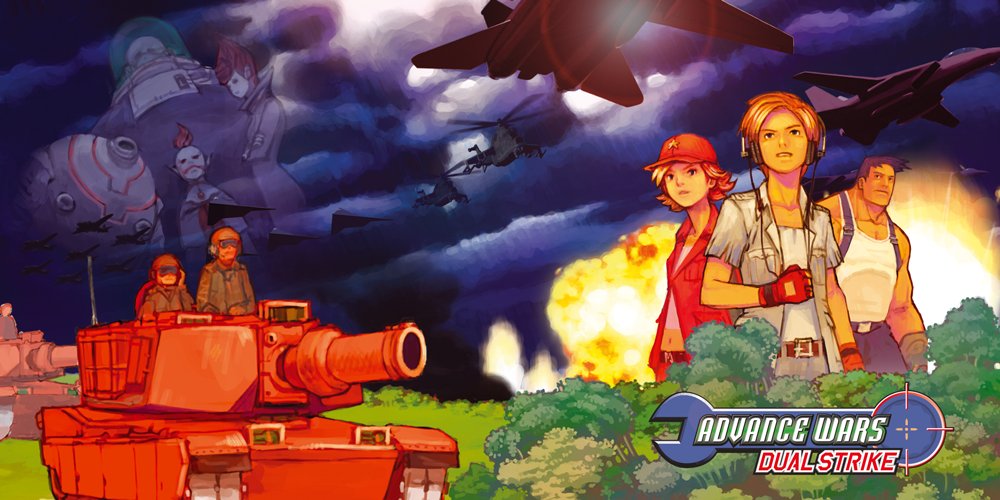Design 514
Has it really been around 3 months since my last post? I guess I've just been busy, but man does time fly.
Anyway, not that long ago, a
Game Designer position opened up at CCP Shanghai. I initially thought about applying since game design had been a dream of mine since I was 6 years old. In the end though, I've decided I'd rather stick to working on building a number of Dust 514 leagues. Building a league from the ground up allows me to be independent, so that things like game company staff being laid off won't impact me. It also comes with a large amount of design work, so I've found a happy place to be in (even if it means being broke for the near future).
Something I do want to continue with however, was a series of blog posts looking at Dust 514's design. Hell, I might look into the design of other games and even explanations of the design behind the leagues I'll be setting up over the next 6 months.
So About Slippery Slopes
If a game has slippery slope, it means that falling behind causes you to fall even further behind.
-David Sirlin
The concept of slippery slopes in games dates back millennia. Perhaps the oldest example most would be familiar with is capturing pieces in Chess. As you capture more of your opponent's pieces, the stronger your force becomes relative to your opponent. This works well, as it makes the struggle to take pieces without losing any yourself a key factor to winning games. It's also nicely balanced as it's hard to pull off against equally skilled opponents, with the reward scaling alongside the difference in the skill.
Dust 514 has a number of these itself. Some are intended mechanics (such as Warbarge Strikes) and some are more emergent (vehicle dominance in ambush). There are also parts of the game that don't feature slippery slopes, where similar parts of other games would. We'll start with the intended mechanics.
Warbarge Strikes
For those who might be unfamiliar with the Warbarge Strike mechanic, here's a brief intro. A Warbarge Strike is an ability that allows players to call multiple projectiles down onto a targeted area. These projectiles detonate on the first object they collide with and deal area of effect damage that scales with distance from the point of impact (vehicles can be killed by direct hits, infantry might survive indirect hits). They are earned every time a squad reaches an accumulative 2500 war points between it's members. War points are earned through performing various activities in matches, such as killing enemies, taking objectives and repairing allies.
I've gone in depth about some of the faults with Warbarge Strikes in videos before. There are a number of ways to game the system in which they are earned, most of which have not been patched out and are widely used. The most common of these is to jump into a vehicle just as you call a strike in and increase the WP/kill via the vehicle kill assist mechanic. At it's worst, this allows squads to generate around 300 points per kill from what would normally be 50 or 60. It's actually possible to generate 1 or more additional strikes using this method.
Outside of the way people call the strike in, the way people get to this point lends itself to gaming the system too. Vehicles have a number of tricks like the one mentioned above that can be used to speed up the war point generating process in a bizarre manner. Having more people in a vehicle increases the WP/kill, even if those people don't do anything. If they help with assisting a kill, they actually get more war points than the person who gets the killing blow. Infantry who put rep tools on vehicles will receive guardian points from said vehicle, even if the vehicle is shield tanked, has full hp and the enemy have no anti-vehicle weaponry.
Equipment spam before firing into the air while standing on top of a nanohive and hurting/killing oneself to give friendlies repair/revive points are some other examples of gameplay that doesn't make much sense, yet contributes towards earning these strikes.
Finally, the war point mechanic that strikes are linked to, also directly impacts how many skill points are earned through playing a match. Every time CCP has added new war point rewards for actions players take (to benefit different roles), they have also increased the frequency that Warbarge Strikes can be acquired. The more rewards that are added for being useful on the battlefield, the more common Warbarge Strikes will become.
It should be noted that the Warbarge Strike itself is a fine mechanic. It allows teams to break strong enemy positions, deflect large offensive efforts and keeps vehicle users on their toes. The similar EVE-side Orbital Strikes work without the issues of Warbarge Strikes, despite each one being a slightly different spin on the original Warbarge Strike. They both add a layer of strategy to the game and have potential to create interesting situations.
It all comes down to the method in which they are earned. Orbital Strikes are earned by EVE players holding a point in space above the planet for a set amount of time. This means Dust players can play without having to change their gameplay style in order to rack up points. Landing a successful Orbital Strike doesn't speed up the process towards another.
If I were to redesign Warbarge Strikes, I would change the mechanic that earns them to something that creates conflict between teams. Maybe something along the lines of holding a null cannon for 5 straight minutes grants a Warbarge Strike or a separate objective that only provides strikes. This forces a decision between an aggressive strategy to prevent the enemy team from receiving a strike, or a defensive strategy to increase the chances of receiving your own. If all seems lost and you're simply waiting for the match to end, it might be worth trying to rush past the enemy team to prevent your own team being obliterated before it's over.
So what if a team held 5 points for an entire match in Skirmish? Not only would they be certain to win the match, but nobody wants to sit in their redline getting picked to death by Warbarge Strikes.
Changing Skirmish
Even if the strikes stayed the same, redline camping remains an issue in Skirmish. In the case of one team being completely dominant for the entire match, the result is normally a 10 minute wait until the losing team's MCC dies. During this 10 minutes, some teams will try to fight back, but the standard play at this point is to sit back and snipe each other for the remainder of the match.
It's worth noting that Skirmish isn't a game mode original to Dust and other games with similar modes have already solved this problem. In the "Arathi Basin" battleground in World of Warcraft, holding all 5 points on the map speeds up the rate at which the game ends significantly. This allows the losing side to move on from a hopeless situation quickly, rather than dragging an already painful experience out. It's entirely possible that a team can come back from this, but given the difficulty of taking all 5 points on the map, is unlikely.
This is one of the best examples of a well implemented slippery slope in gaming. Allowing a swift ending to matches with completely uneven teams, with minimal impact in more balanced cases. Dust's Skirmish mode could benefit from such a mechanic, with the explanation of some kind of 'super cannon' activating upon all points on the map being held.
This might create an issue where quickly winning Skirmish matches would result in fewer war points than Ambush, but could be fixed by giving players (outside of their redline) points whenever the enemy MCC reaches certain %'s of it's health.
Vehicles in Ambush
It's harder for me to discuss this specific topic while staying unbiased. When Dust launched into open beta over a year ago, the number one complaint I saw on twitter from people was losing to tanks in Ambush matches. Vehicles have always given an advantage to the teams that use them and the smaller map size of Ambush, combined with the lack of neutral installations that can be turned against them (with the Ambush OMS variant that does this being chance based).
Given the power of vehicles and the size of the maps, it makes it extremely difficult to put yourself in a position where you have time to call in your own. An assault dropship can get from one side of the map to the other in order to kill players while they call in their own vehicles and a railgun tank can destroy them while they're still in the air.
Running anti-vehicle setups requires you to sacrifice more team members to counter the vehicles than the enemy team as well, so while the counter exists, you're left with a disadvantage in the infantry vs infantry fight.
In the end, what you're left with is a rush to obtain the vehicle advantage with the loser being at a disadvantage for the remainder of the match. Since Ambush is almost always decided on kills, so the losing side simply have to die repeatedly before moving onto the next match. It is possible to win despite the disadvantage, but it's still one of the more frustrating slippery slopes in Dust.










